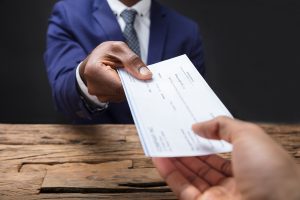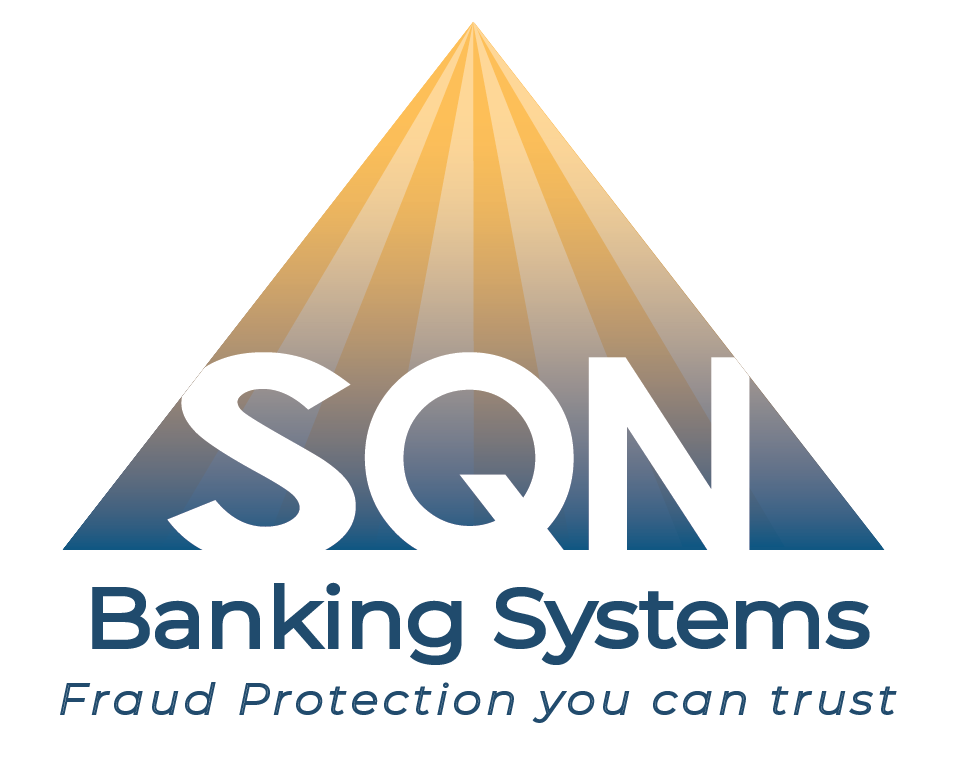Check Fraud Is on the Rise: Are You Doing Enough to Fight Check Fraud?

New research indicates that check fraud is increasing. According to the Evidence-Based Cybersecurity Research Group at Georgia State University, check fraud showed significant increases at the end of 2021.
For several months, this group monitored the dark web for stolen checks for sale, and they discovered 1,325 stolen checks for sale per week in October. This was more than double the weekly average for the previous month and triple the weekly average for the month before that.
To put these numbers into perspective, the group only discovered 158 stolen checks when it performed similar monitoring a year earlier. In October 2021, the group discovered over $11 million in stolen checks for sale, but it’s important to note that this is only a small segment of the total check fraud. This group only monitors about 60 markets and there are thousands of markets on the dark web.
Financial institutions need to be proactive about protecting themselves and their customers from this growing risk. Take a look at what’s happening.
How criminals steal checks
Criminals go through neighborhoods looking for mailboxes with the little red flag raised to indicate outgoing mail, and they steal all of the envelopes that appear to have checks in them. In some cases, they increase their loot by stealing keys from post office employees. Then, they open the big blue mailboxes and take large amounts of checks.
The criminals use nail polish remover to erase the payee and the amount. Then, they put in their own name and cash the check at a check cashing place. Or they use the check to make purchases. In other cases, they sell the check to another thief online.
How criminals sell checks online
There are all kinds of forums and marketplaces where thieves sell stolen checks online. Typically, the thief takes a photograph of the check and uploads it online. Then, another criminal buys the check, prints it, and uses it
Right now, the going rate is about $175 for personal checks or $250 for business checks. The rate generally goes down if you buy in bulk or negotiate with the seller. To avoid detection, the buyer pays with bitcoin. Criminals also sell mailbox keys online for thieves who want to explore the other side of check theft.
However, criminals don’t just write bad checks from people’s accounts. They also use the information on the stolen checks to steal people’s identities. In turn, they use the stolen identities to take over accounts, open new accounts, take out credit cards, borrow money, or perpetrate other scams.
How criminals use stolen checks
In the past, stolen checks were frequently used at brick-and-mortar businesses. This is still possible, but aside from big box and grocery stores, the majority of retailers no longer take personal checks. As a result, thieves target check cashing places. Generally, that’s the easiest way to get as much money as possible from a single stolen check. If thieves want to cash multiple bad checks, they typically take another route.
Sometimes, thieves write out the checks to themselves and cash them in their own accounts, but using your account to launder dirty checks is a surefire way to get caught. To avoid detection, thieves often convince someone to cash checks for them — this is usually called a mule account. In other cases, they use the account of a dead friend or relative — that’s how this Florida woman cashed about $80,000 in fraudulent checks. Or they take over a dormant account to cash the checks. To protect your financial institution, you need tools that help you detect fraudulent checks in these situations.
How banks detect check fraud
To prevent check fraud, banks need to take a multi-pronged approach that includes check stock validation, signature verification, and transaction analysis. By looking at all three of these elements, they reduce the amount of check fraud that happens to their customers and at their institution.
Check stock validation tools compare presented check images with referenced check images. These solutions look for minute differences that can’t be detected with the human eye, and they flag suspicious items for review. Similarly, signature verification tools spot forged checks by analyzing static and dynamic elements of signatures to spot potential issues.
Transaction analysis goes beyond the check itself, and it looks for signs of suspicious activity. It uses artificial intelligence to look for aberrations from an accountholder’s usual behavior. Then, it leverages machine learning to improve its approach over time so that false positives don’t impede the customer experience. By analyzing the transaction itself, you ensure that you catch check fraud even if the fraudster presents an extremely accurate-looking fake check.
While check use may be declining, check fraud is still a threat, and it’s growing. In fact, it’s the biggest threat to your deposit accounts — check fraud represents 60% of fraud directed toward deposit accounts. If you’re not addressing check fraud, you are putting your institution and your customers at risk.
Is your financial institution doing enough to combat check fraud? Let’s find out. When you contact us at SQN Bank Systems, we can start with an assessment of your current anti-fraud processes. Then, we can help you identify the biggest threats to your bank and make an anti-fraud plan that’s tailored to your needs.
Bank fraud doesn’t just drain money from your customer’s accounts. It also leads to expensive mitigation costs, hurts your reputation, and damages your relationship with your customers. Don’t let check fraud hurt your bank — contact us today to get help detecting and preventing check fraud.
